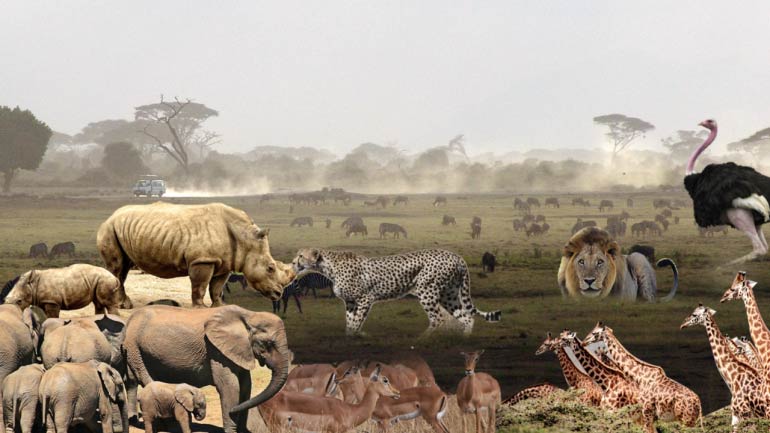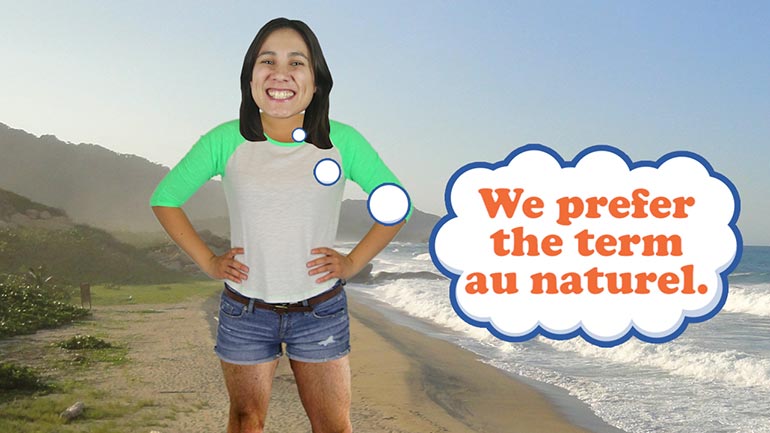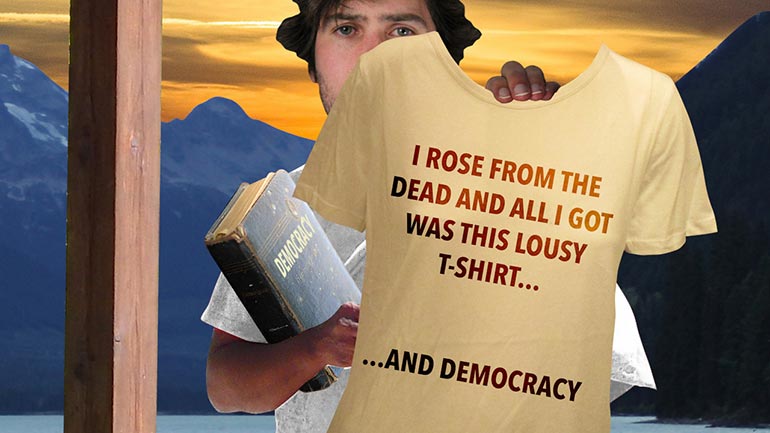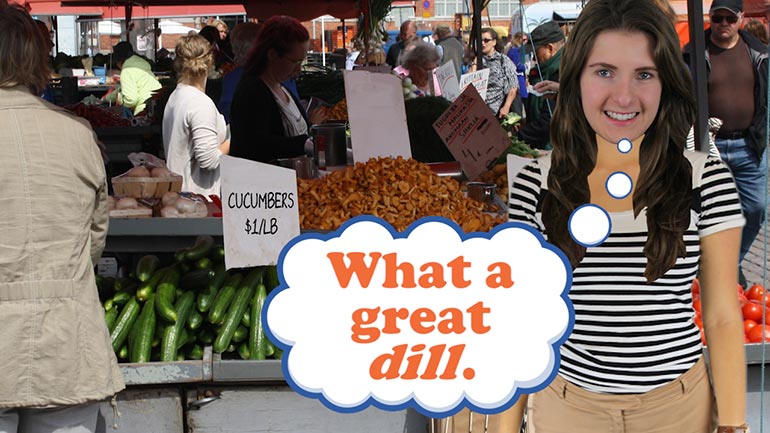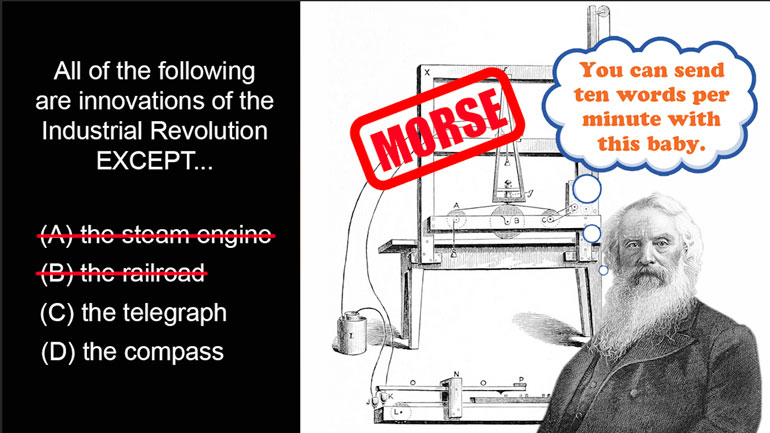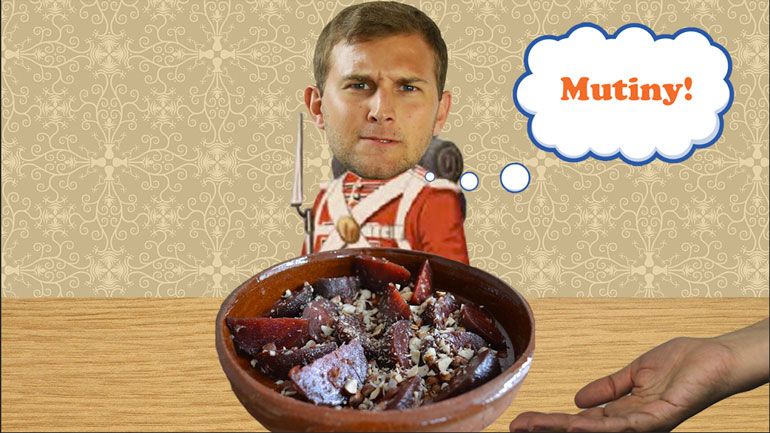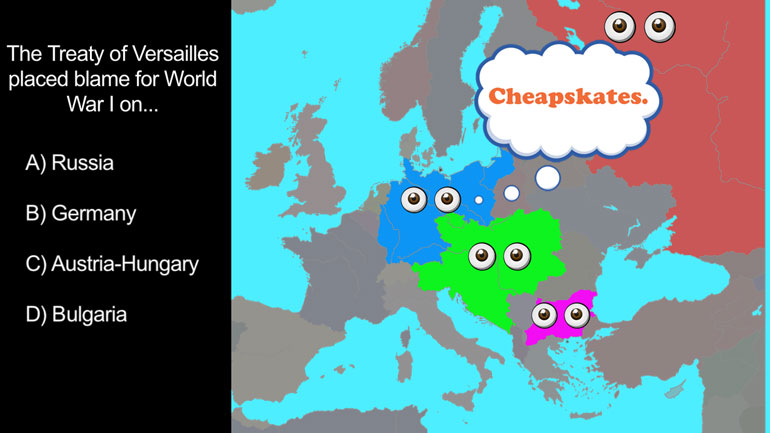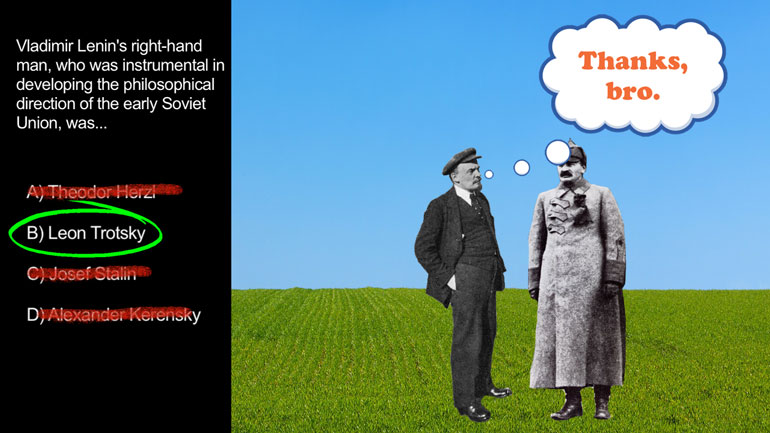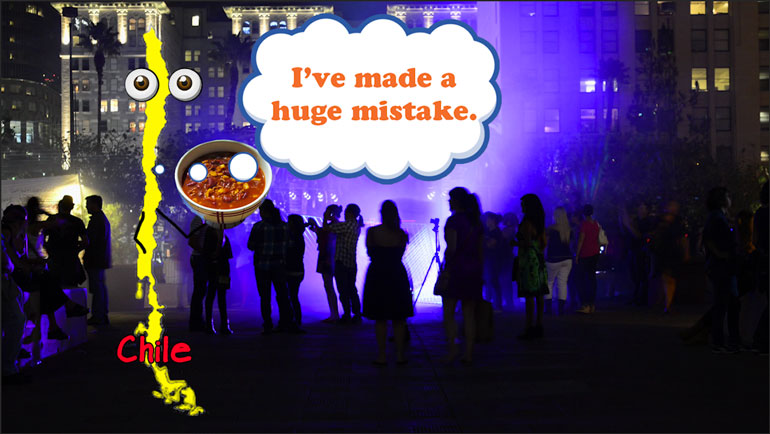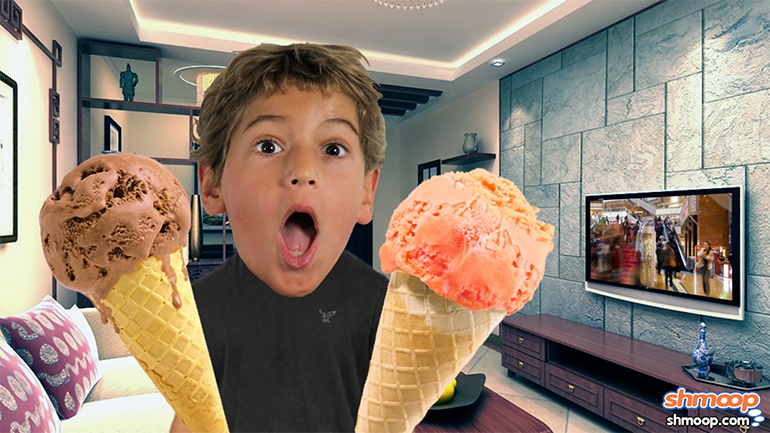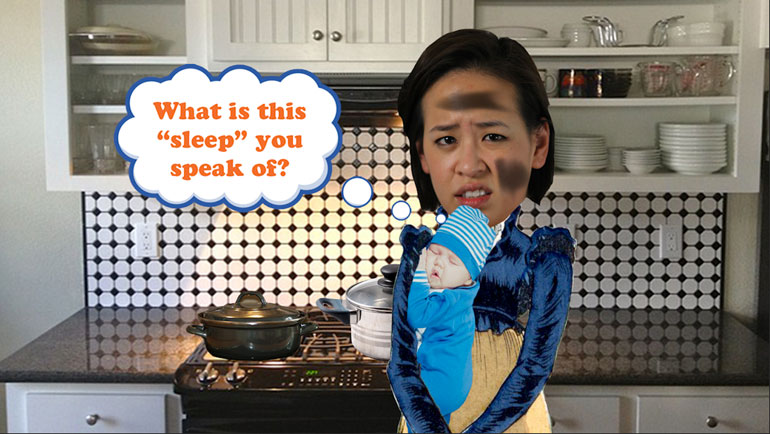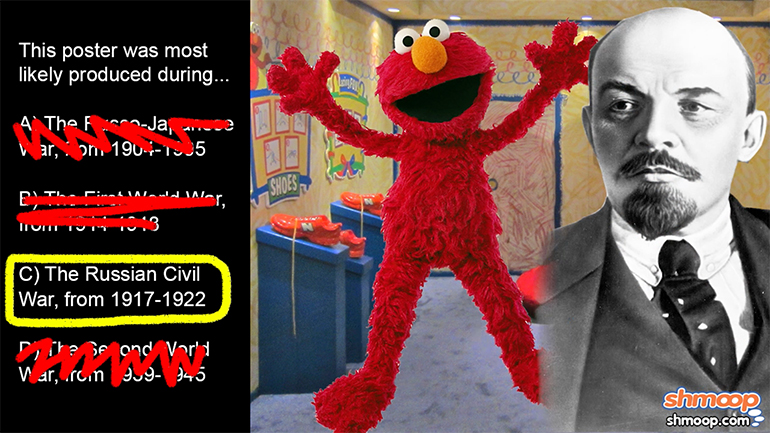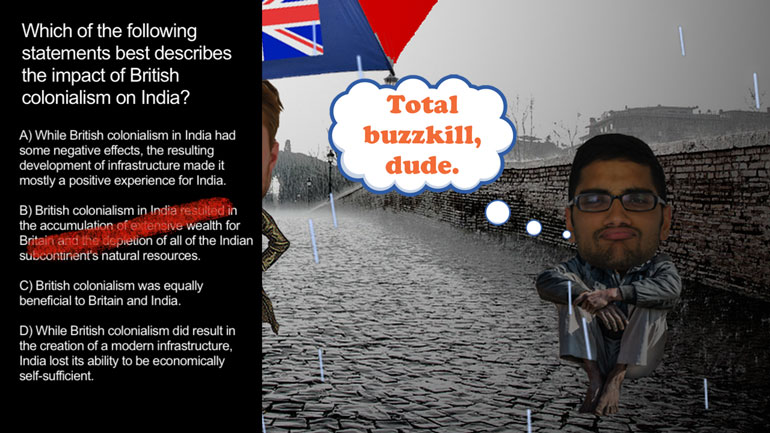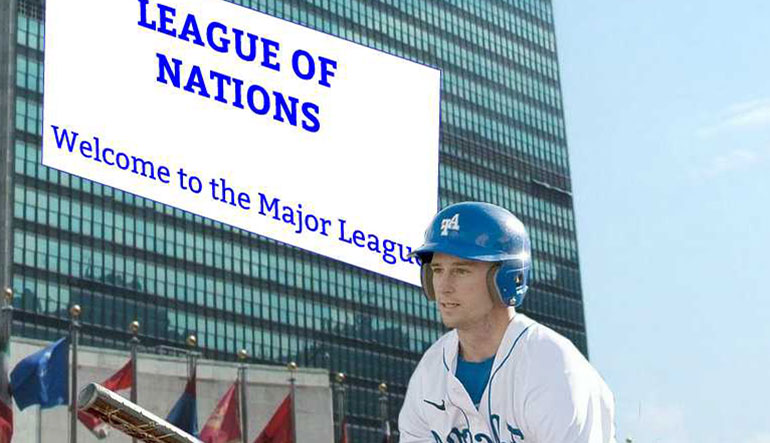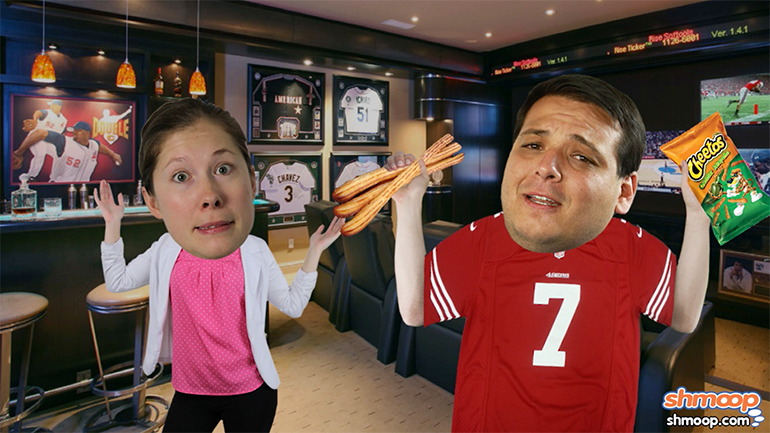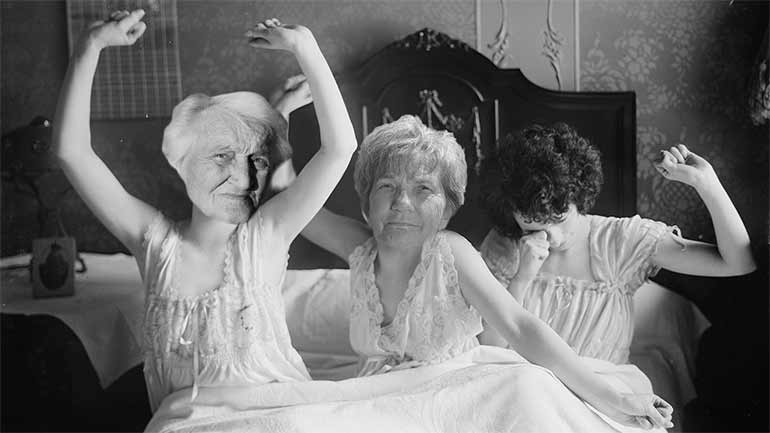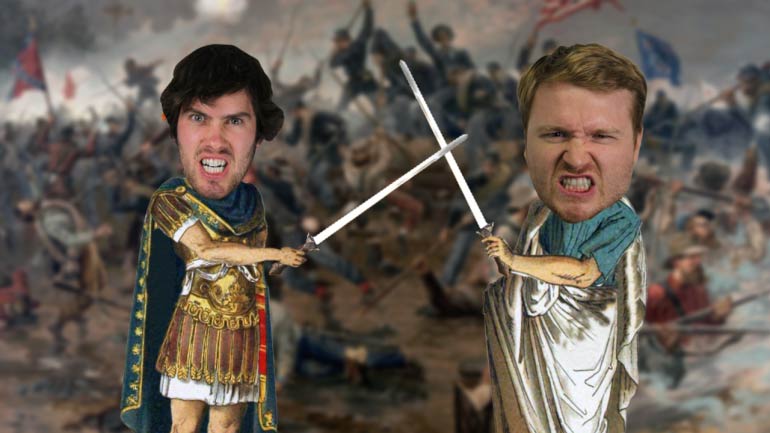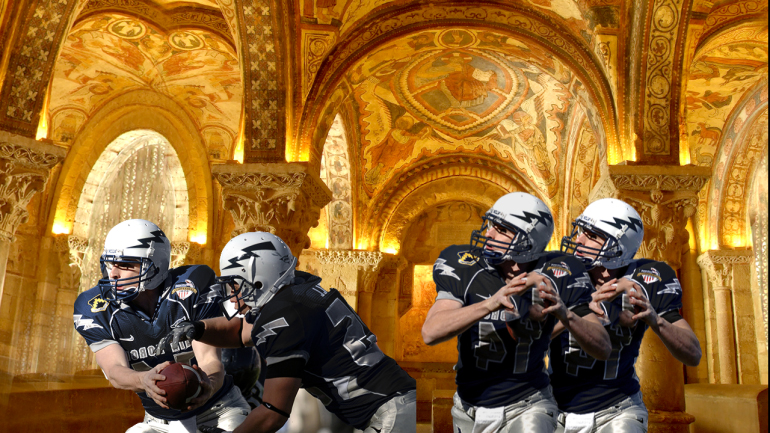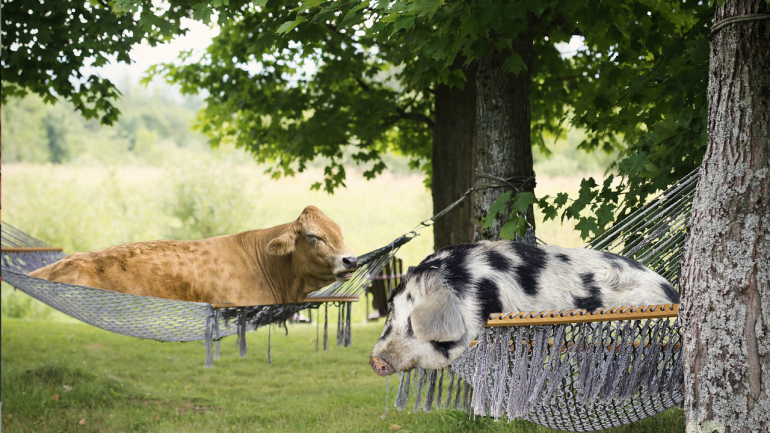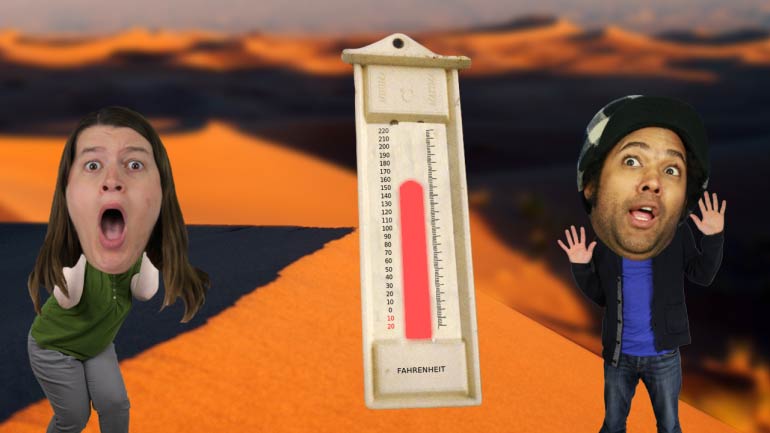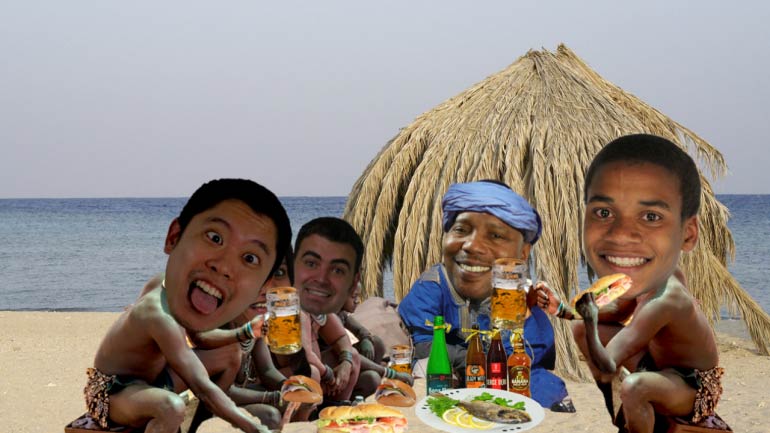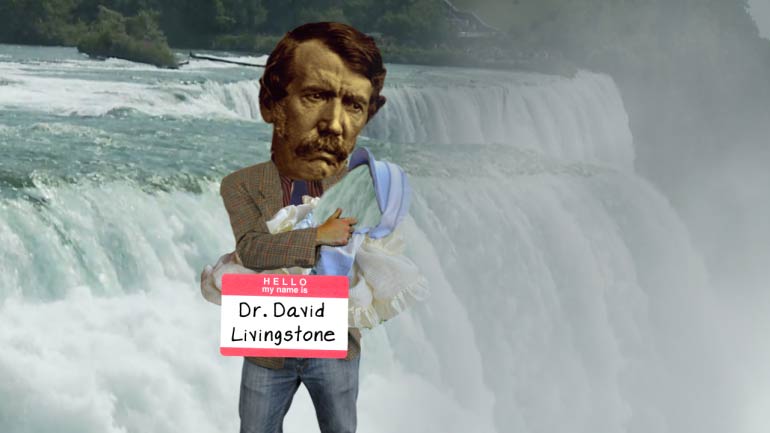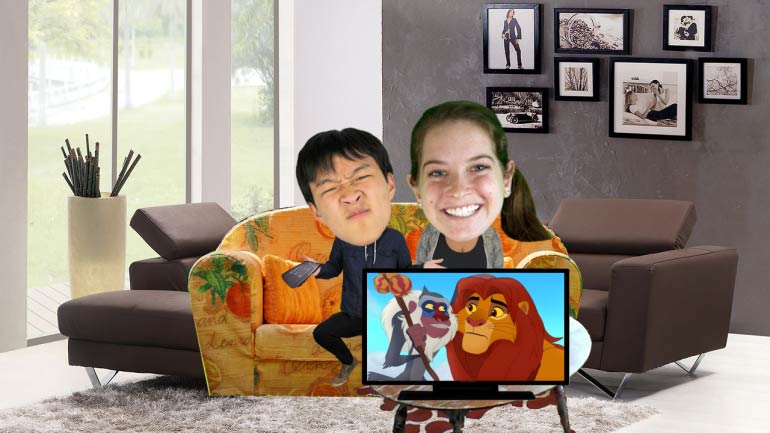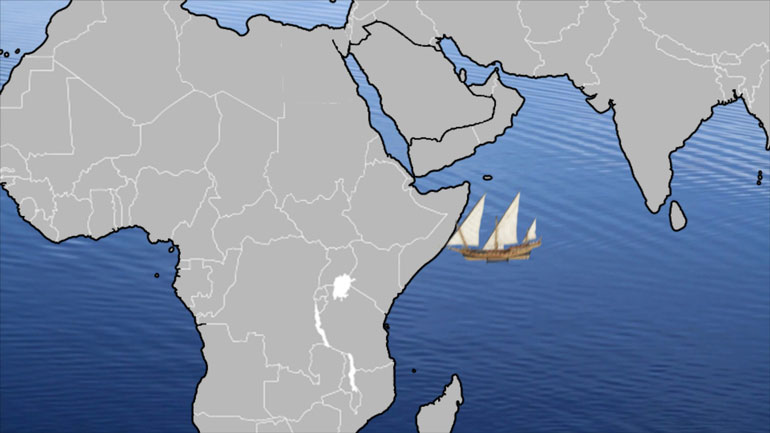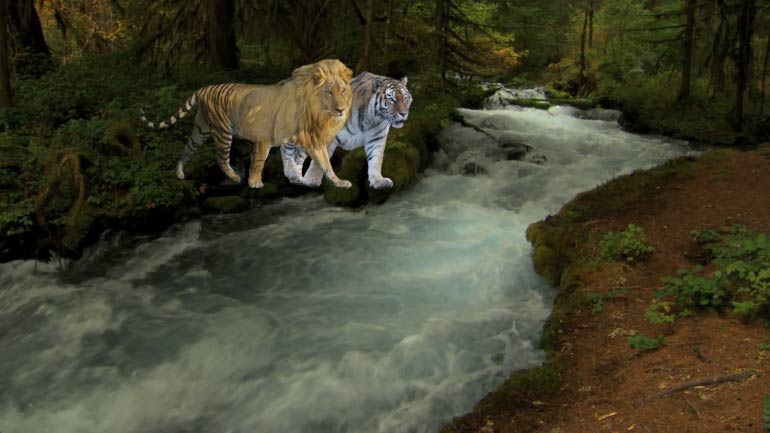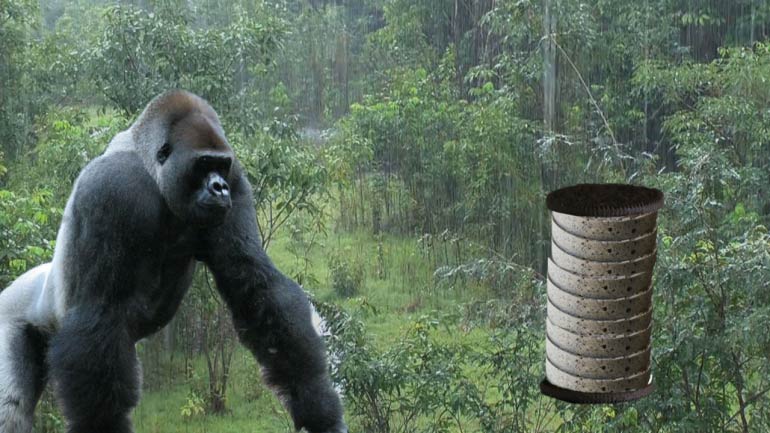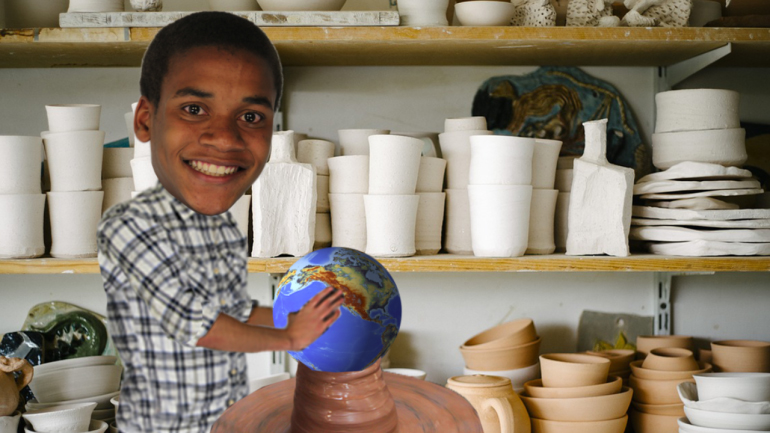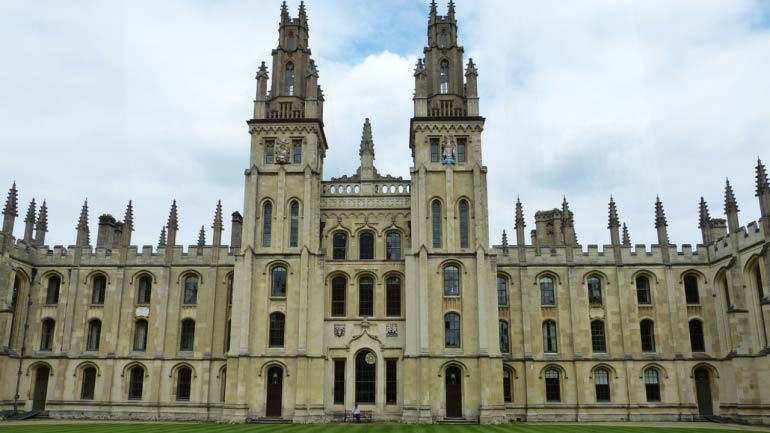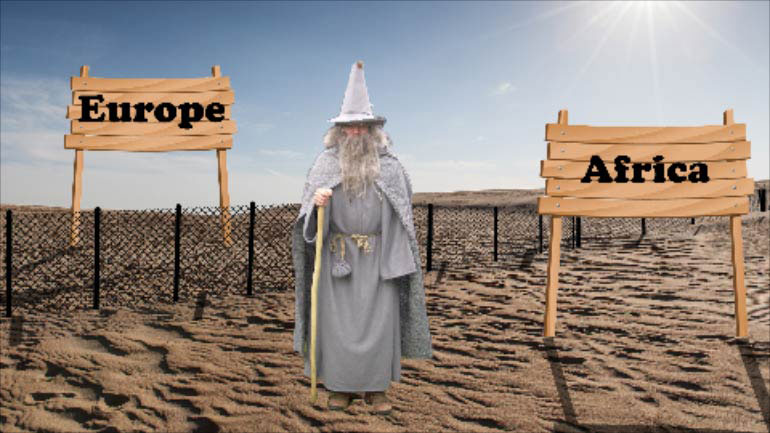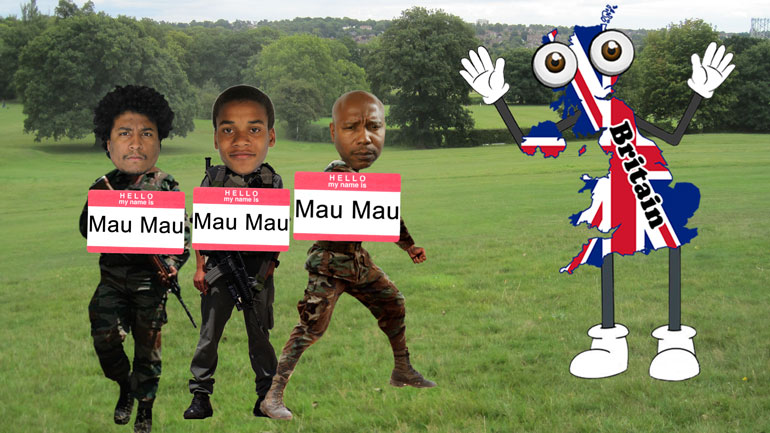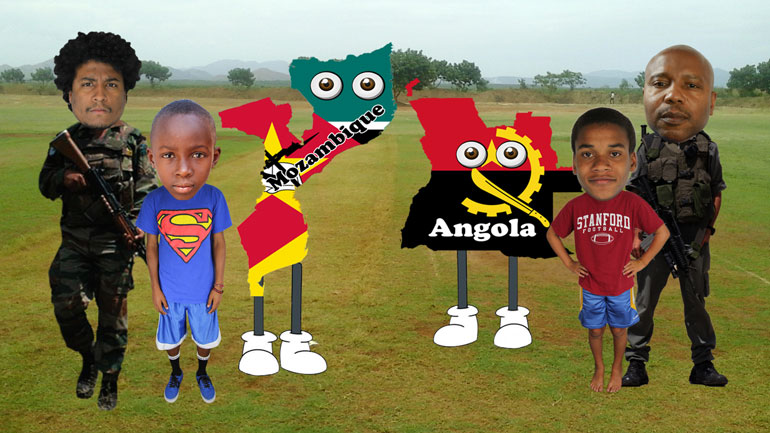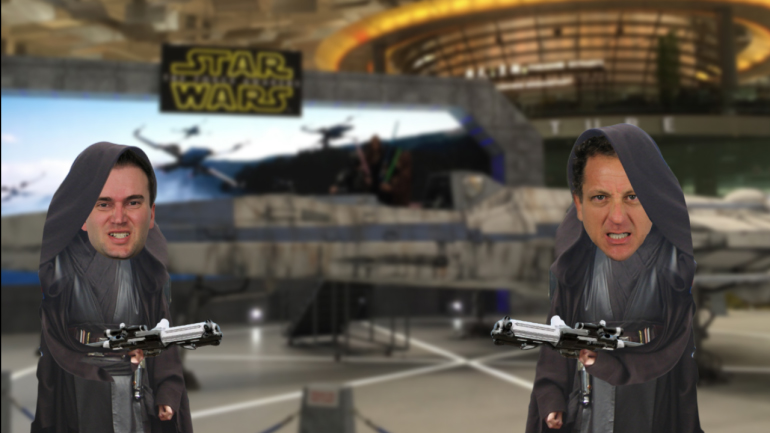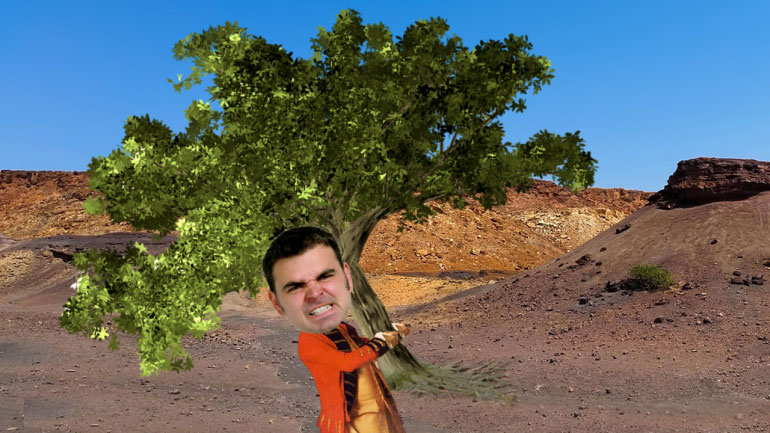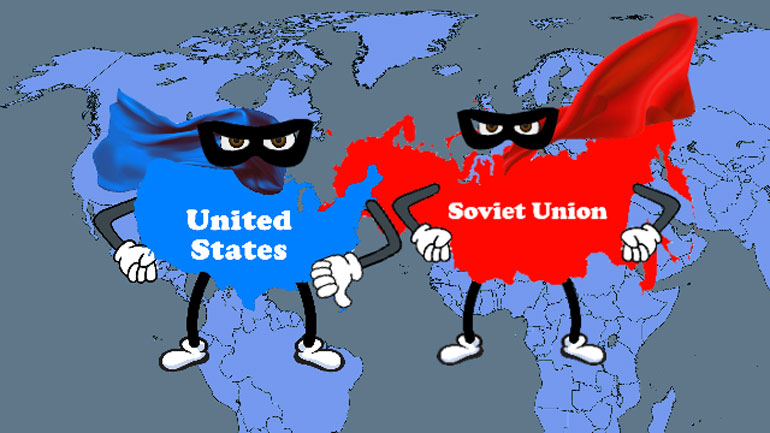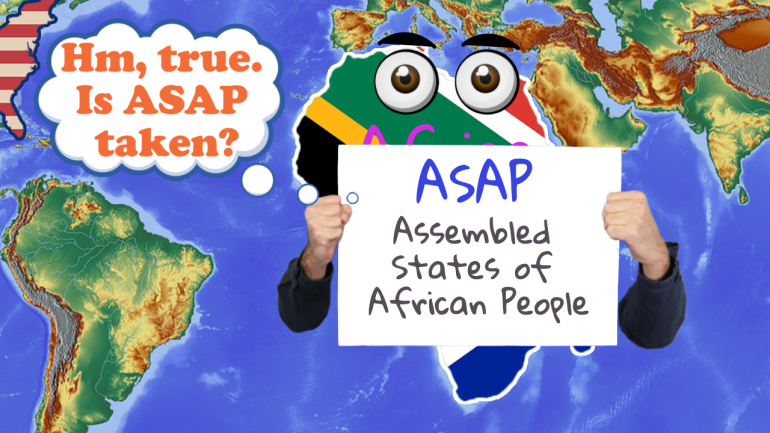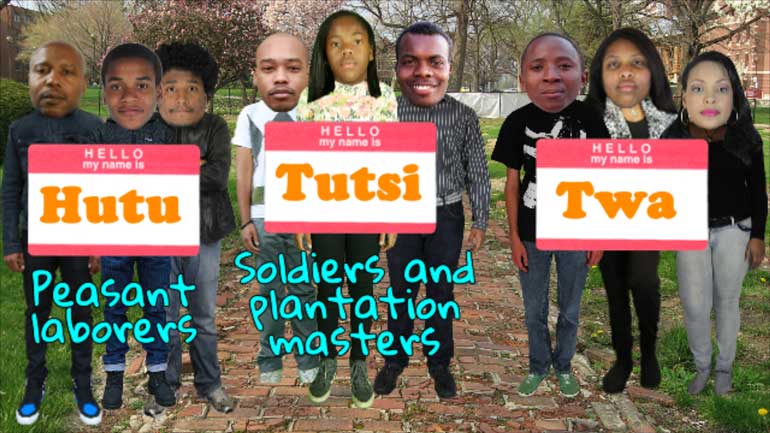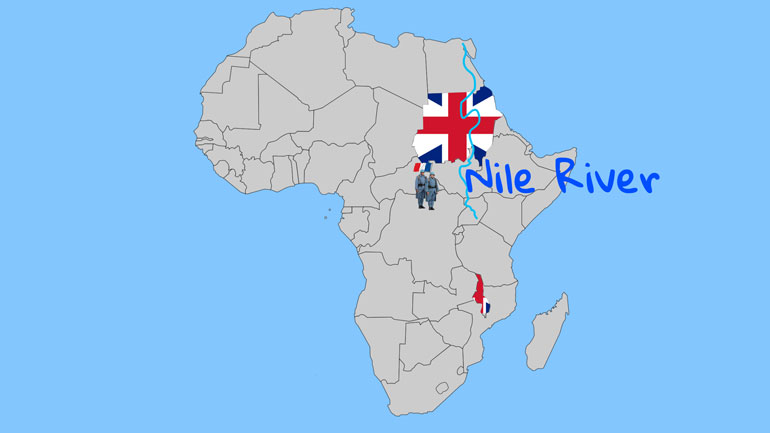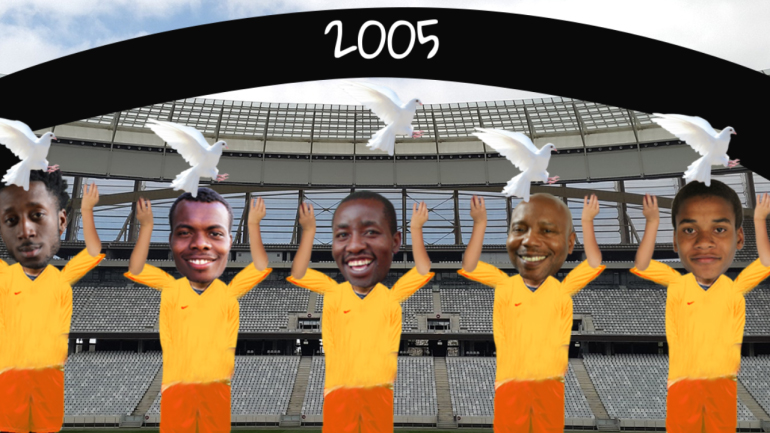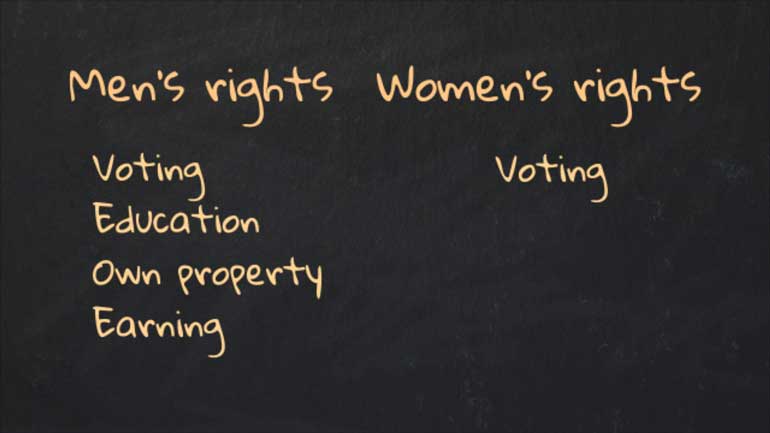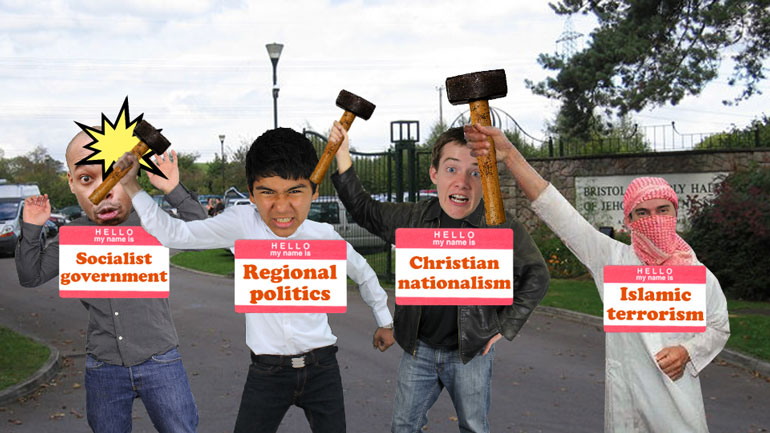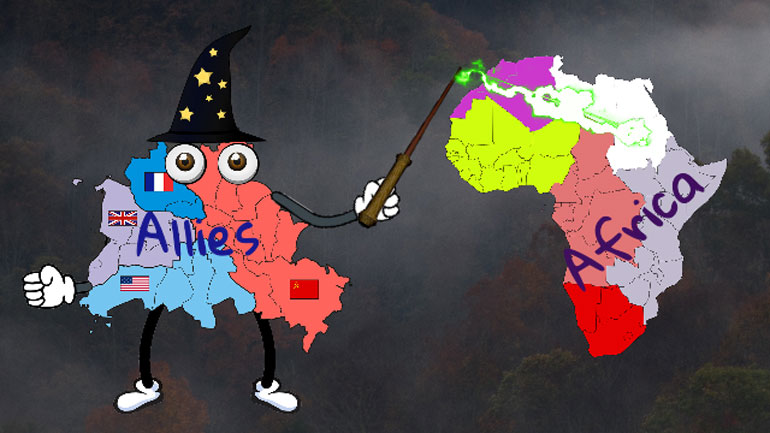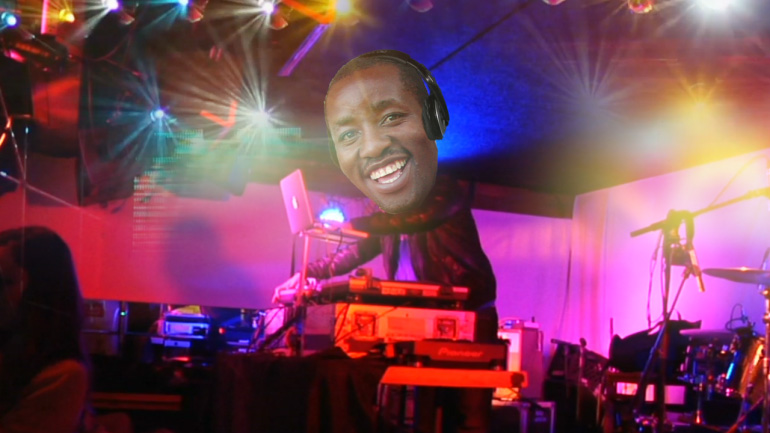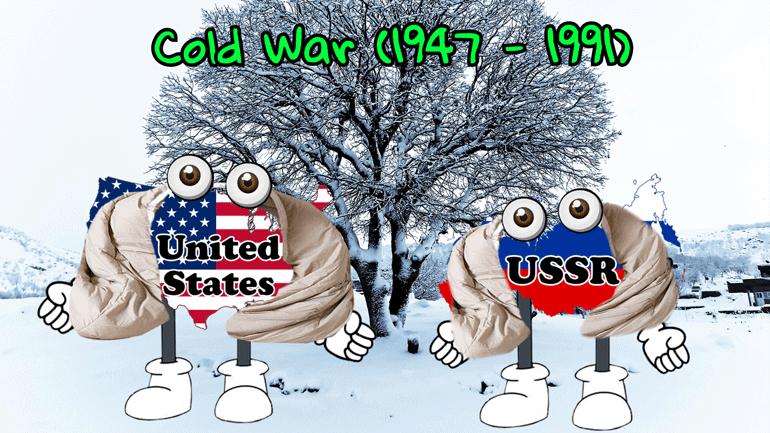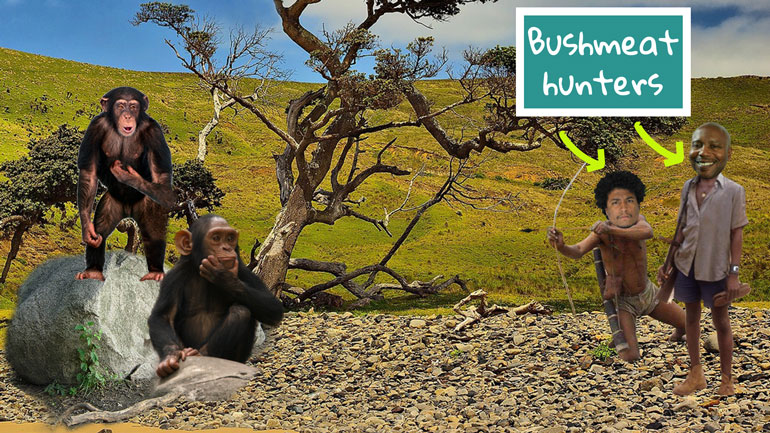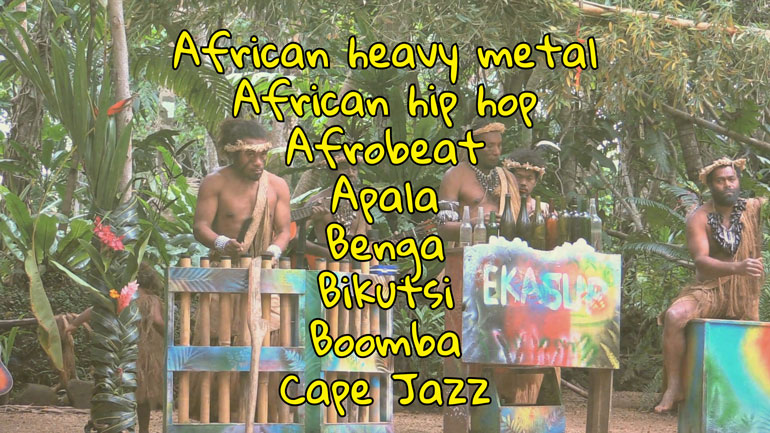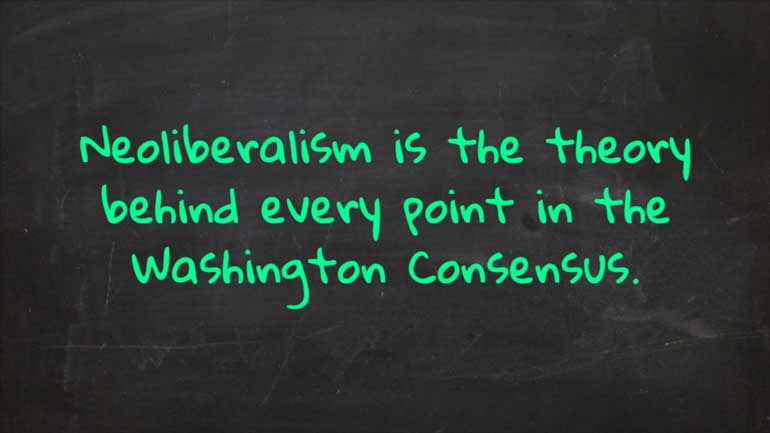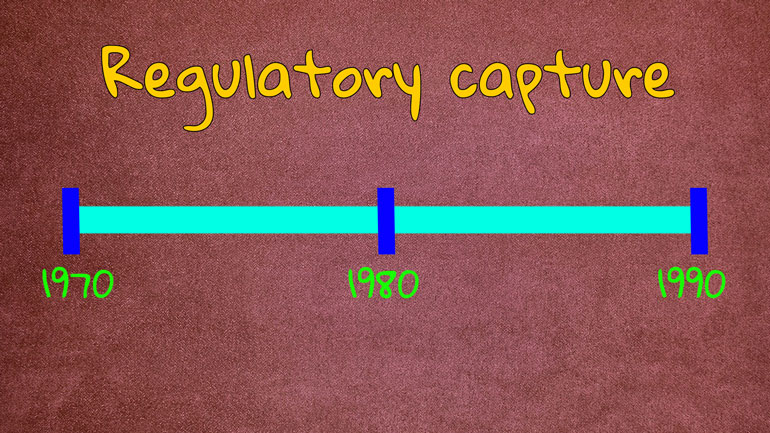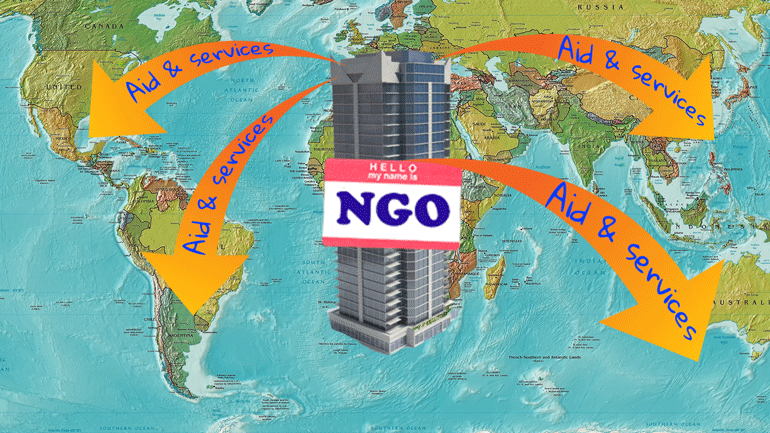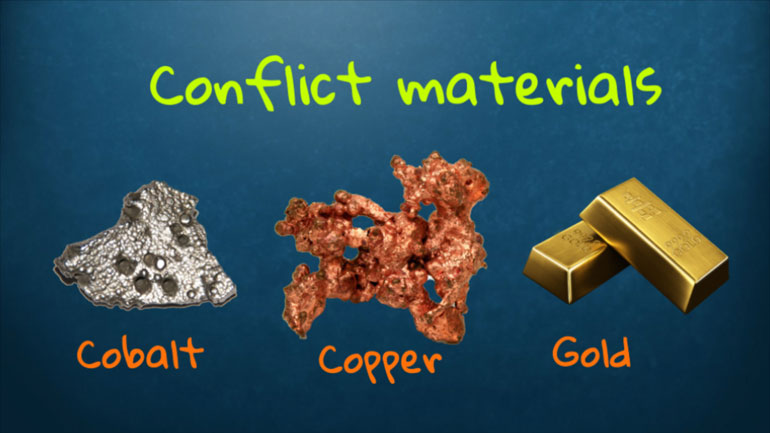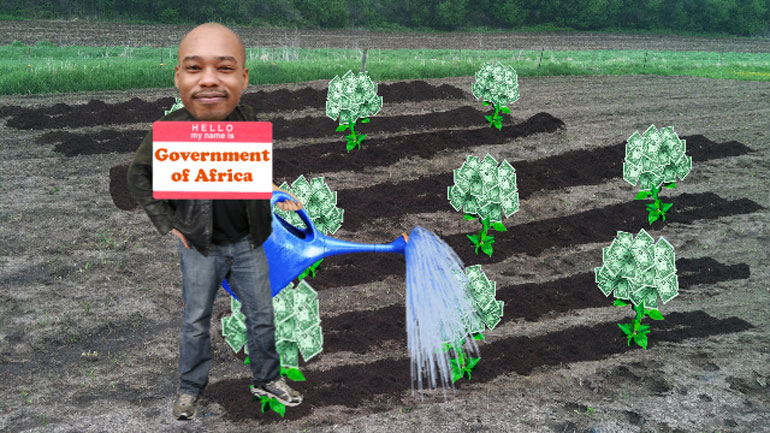ShmoopTube
Where Monty Python meets your 10th grade teacher.
Search Thousands of Shmoop Videos
World History Videos 95 videos
Home to the biggest river, the biggest desert, and some of the biggest land animals in the world, Africa is so much more than what most media would...
Didn't get enough of the French Revolution the first time around? We've gotcha covered. Check out our second French Revolution video, preferably wi...
African History 3: Kongo 348 Views
Share It!
Description:
Today we're going to learn about the Kingdom of Kongo, where any attempts to farm on a large scale were brutally halted by the menacing...tsetse fly. Seriously. Check out the video.
Transcript
- 00:06
You may have heard of the Congo.
- 00:07
It's a big river in Central Africa and an even bigger country. [River flowing]
- 00:08
Oh, and it’s also a terrible 90’s movie about killer gorillas.
- 00:11
On the other hand, you probably haven't heard of Kongo with a K.
- 00:16
This was a medieval kingdom in kinda the same area as modern Congo. [Kongo shown on a map]
Full Transcript
- 00:21
It rose to power around 1390 and kept on keepin’ on till the late 19th century.
- 00:27
Giving it roughly the same lifespan as The Simpsons. [Gorilla chasing Bart Simpson]
- 00:29
In some ways, Kongo looked less like a kingdom and more like a federation.
- 00:34
Not because it had spaceships and fought Romulans.
- 00:38
Because each new king had to be elected by a council of lords from around the land. [Council of lords appear by huts]
- 00:42
There weren’t any long running dynasties here, which helped keep the society together.
- 00:47
Since the ruler of each little region had a say in who got the crown, there was more [Owl wearing crown appears]
- 00:52
of a chance that the new king would give a hoot about their region.
- 00:55
Which kept everybody a little bit happier.
- 00:57
But let’s be real…Kongo was a long way from a straight-up democracy. [Man waving from window]
- 01:01
The people of Kongo were divided into an elaborate hierarchy of families, towns, communities,
- 01:07
and royals.
- 01:10
The Kongo people all spoke variations of a Bantu language called Ki-kongo.
- 01:13
But ethnically they were pretty diverse.
- 01:14
They had different customs, different beliefs, and different ideas about how to eat a Double
- 01:19
Stuf Oreo. [Kongo people eating oreos]
- 01:20
You open them and make Quad Stufs, obviously…
- 01:23
But enough with the differences.
- 01:25
Kongo's communities also had a lot in common. [Kongo community in a field together]
- 01:28
Like… they were mostly pretty small.
- 01:30
With its warm, thick jungles, Kongo was heaven for tsetse flies.
- 01:34
The flies killed off cattle and horse herds and made it a lot harder to farm big open [Tsetse flies flying over cattle and horses and animals die]
- 01:39
fields.
- 01:40
So instead, most people kept small gardens and hunted or trapped animals for food.
- 01:45
The only exception was the capital city, Mbanza Kongo.
- 01:49
It was built on a mountain too high for tsetse flies, because as every Congolese person knows: [Tsetse fly on a rollercoaster]
- 01:54
tsetse flies are afraid of heights.
- 01:56
Ahem.
- 01:57
Mbanza Kongo actually grew to a population of over 100,000 people.
- 02:01
That's, like, two blocks of New York City today, but for medieval Africa it was pretty
- 02:05
good. [2 blocks of new york city on a map]
- 02:06
Kongo was also a bustling center of trade.
- 02:08
It was actually one of the go-to places in the world for ivory.
- 02:12
The huge ivory-trade was great for Kongo’s economy, but terrible for the elephants that [Man with giant spear beside dead elephant]
- 02:17
had to die to support it.
- 02:19
The Portuguese explorer Diogo Cao was one of the first Europeans to make it to Kongo. [Diogo standing outside Kongo gates]
- 02:25
Not too long after, trade between Portugal and Kongo was booming.
- 02:29
Unfortunately…
- 02:30
Make that…catastrophically…
- 02:32
Kongo’s main export soon became slaves, which were shipped over the Atlantic to work [Slave appears in a field]
- 02:38
in plantations.
- 02:40
Slavery hit all of Africa pretty hard.
- 02:41
But it was especially devastating to the west and central-west areas, because of the geographical
- 02:46
convenience factor for Europeans.
- 02:49
Kongo became like a drive-through restaurant for human cargo.
- 02:52
In a sad twist, women became even more valuable to Kongo communities than men. [Man places valuation on woman]
- 02:58
Why?
- 02:59
Because they could repopulate towns that’d been drained of people by the slave trade.
- 03:03
So instead of descending through fathers, families went through mothers. [Kongo children appear]
- 03:08
In the end, the slave trade seriously weakened Kongo by draining it of its manpower.
- 03:12
And eventually it was colonized by Europeans almost everywhere else in Africa. [Europeans travelling over Africa]
- 03:17
What can we say?
- 03:18
Sometimes history seems like an endless series of awful things done by terrible people… [Atrocities leaflet flicks through images]
Related Videos
Home to the biggest river, the biggest desert, and some of the biggest land animals in the world, Africa is so much more than what most media would...
Didn't get enough of the French Revolution the first time around? We've gotcha covered. Check out our second French Revolution video, preferably wi...
Famine is one of the biggest problems in Africa. Find out why it's such a complex problem, and what's being done to combat it.

